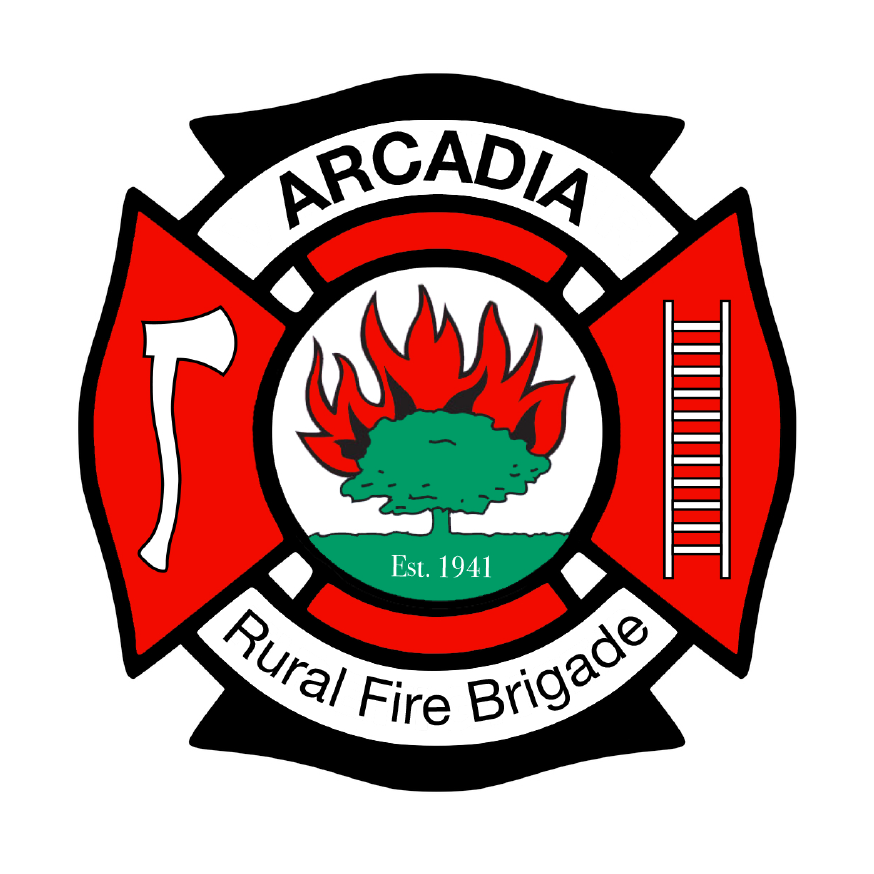EXIT / ESCAPE DRILLS IN THE HOME
Exit/Escape Drills In The Home can help people prepare for an emergency. Most home fires occur at night, when people are the least prepared. Home fires can become a disaster if you and your family are not familiar with how to escape during an emergency.
DRAW AN ESCAPE PLAN
To design your own fire escape plan, sketch the floor plan of your home on a piece of paper. Indicate on the plan all doors, windows and other areas from which you could escape from each room in your home. Draw arrows to indicate the normal exits which would be your primary escape route. With an alternate color, draw arrows to indicate a secondary exit from each room in the home.
An example of an exit flaw Plan
MEETING PLACE
Choose a location outside the home where family members should meet once they have safely escaped. A neighbor’s front yard or sidewalk may be an ideal meeting place.
PRACTICE, PRACTICE, PRACTICE
Your fire escape plan may look great on paper, but does it really work? Regular exit drills in the home will allow you to test the plan and make adjustments as needed. When practicing your exit drills in the home, remember to use alternate escape routes as well. Children should be closely supervised during drills in the home and no one should take unnecessary chances.
SPECIAL NEEDS
People with physical or mental handicaps face greater risks during a fire emergency. People with special needs should sleep in a bedroom near someone who can help in the event of an emergency. A physically handicapped person may require a sleeping area on the ground floor. Design a special escape plan based on the abilities of the person.
Source from http://www.fire.ca.gov/

